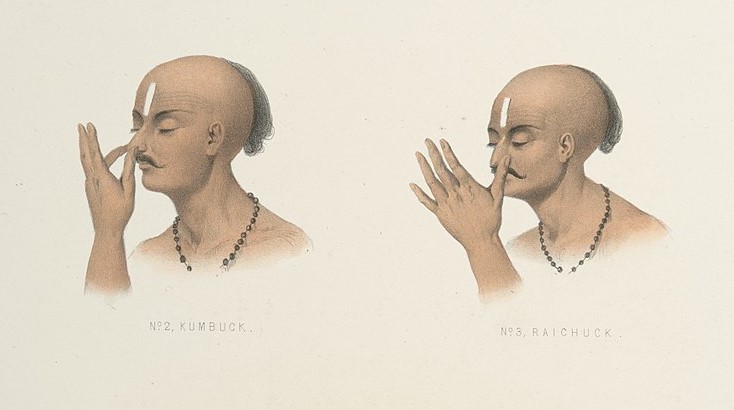BY DR. INDRANILL BASU RAY*
Pranayama, derived from the ancient Sanskrit language, controls and regulates the breath. It’s a vital part of yoga, helping individuals deepen their connection with their breath and tap into a profound sense of inner peace, calm, and relaxation.
This practice has been passed down for thousands of years as a spiritual discipline, and it’s believed to be one of the most potent tools for cultivating physical, mental, and spiritual well-being. In the yogic tradition, the breath is seen as the bridge between the body and the mind. By regulating our breath, we can directly influence our physical and mental state, promoting relaxation and reducing stress.
Swami Vivekananda, a revered spiritual figure, emphasized that pranayama is the control of the vital force in the body and mind. He believed it could enhance overall health, increase energy levels, improve sleep quality, and reduce stress. Pranayama is a powerful tool for self-transformation, helping individuals control their thoughts, emotions, and actions.
Another prominent yogi, Swami Rama, stressed the importance of pranayama in promoting overall health and well-being. He said breath is the key to good health, vitality, and inner peace. When we control our breath, we control our mind and emotions, tapping into a deep well of inner strength and power.
Recent scientific research has shown that pranayama can help regulate the autonomic nervous system, leading to better heart and lung health. A randomized controlled trial published in Frontiers in Psychiatry in 2020 found significant reductions in anxiety, and a literature review published in Brain, Behavior, and Immunity found positive effects on inflammatory markers and hormones related to various health conditions.
One way pranayama achieves these benefits is by increasing the activity of the parasympathetic nervous system, which is associated with the body’s relaxation response. By breathing through the left nostril, we can activate this system and promote relaxation, reducing stress and anxiety.
Pranayama has also been found to increase nitric oxide production, a molecule crucial in promoting cardiovascular health and preventing heart attacks and strokes. Research has shown that pranayama can increase the production of nitric oxide in the body, leading to improved vascular health and reduced risk of heart disease. A 2019 study published in the Journal of Clinical and Diagnostic Research found that practicing pranayama was associated with increased levels of nitric oxide in the blood, while a 2015 study published in the Journal of Traditional and Complementary Medicine found that pranayama practice was effective in reducing blood pressure and improving heart function.
Incorporating techniques like left nasal breathing and other pranayama exercises into our daily lives can be a powerful tool for improving heart health, reducing stress and anxiety, and promoting overall physical and mental well-being.
As we deepen our practice of pranayama, we may begin to experience a greater sense of connection with our inner selves and the world around us. Our breath becomes a tool for self-exploration and transformation, allowing us to tap into the infinite power and wisdom that surrounds us.
It’s important to approach our practice with an open mind and a willingness to explore our inner selves, allowing us to connect with our spiritual nature and tap into the infinite potential that lies within us.
Pranayama is a powerful practice that has been passed down for thousands of years as a spiritual discipline. By regulating our breath, we can directly influence our physical and mental states, promoting relaxation and reducing stress. Additionally, pranayama has been found to increase the relaxation response and nitric oxide production, leading to improved heart health and reduced risk of heart disease.

By incorporating pranayama into our daily lives, we can experience the numerous physical and mental health benefits of this ancient yogic practice. As Swami Vivekananda said, “Pranayama is the control of the vital force in the body. It is the one thing that will give you perfect control over the body and mind.”
.*The author is a Cardiologist, Meditator, and Yogi based in Memphis, Tennessee, USA. He is the Founder and Chairman of the American Academy for Yoga in Medicine. He is the Editor in Chief; The Principle and Practice of Yoga in Cardiovascular Medicine. ibr@aaymonline.org.
*Cover photo courtesy: Wikipedia





